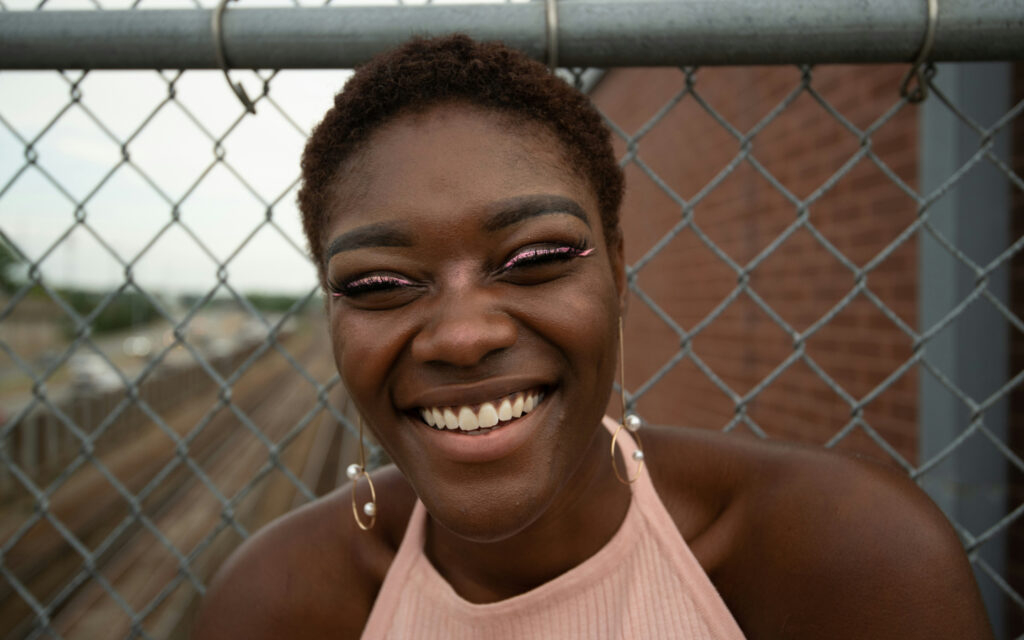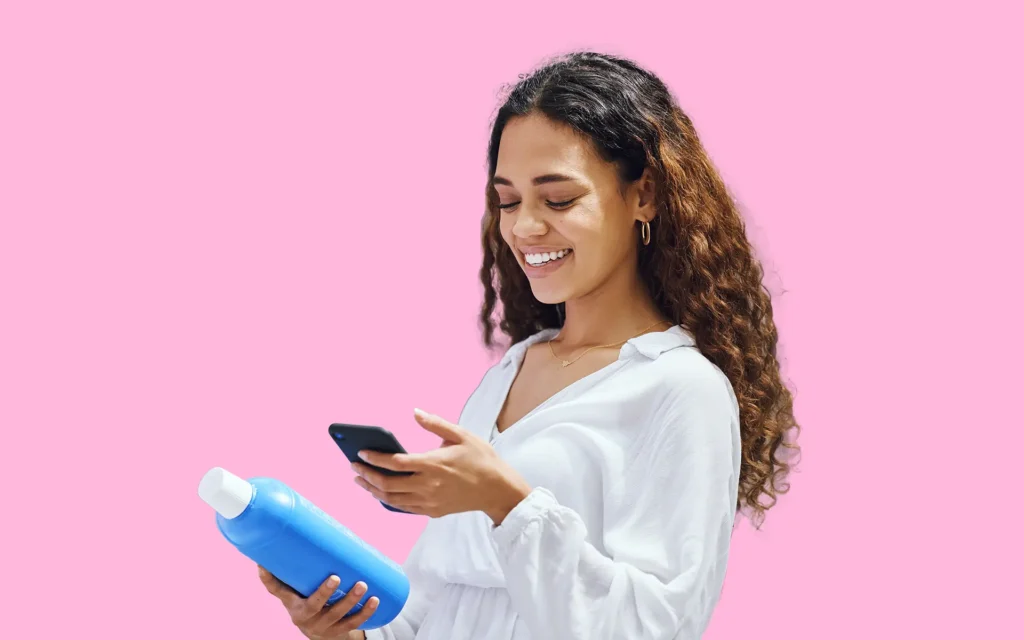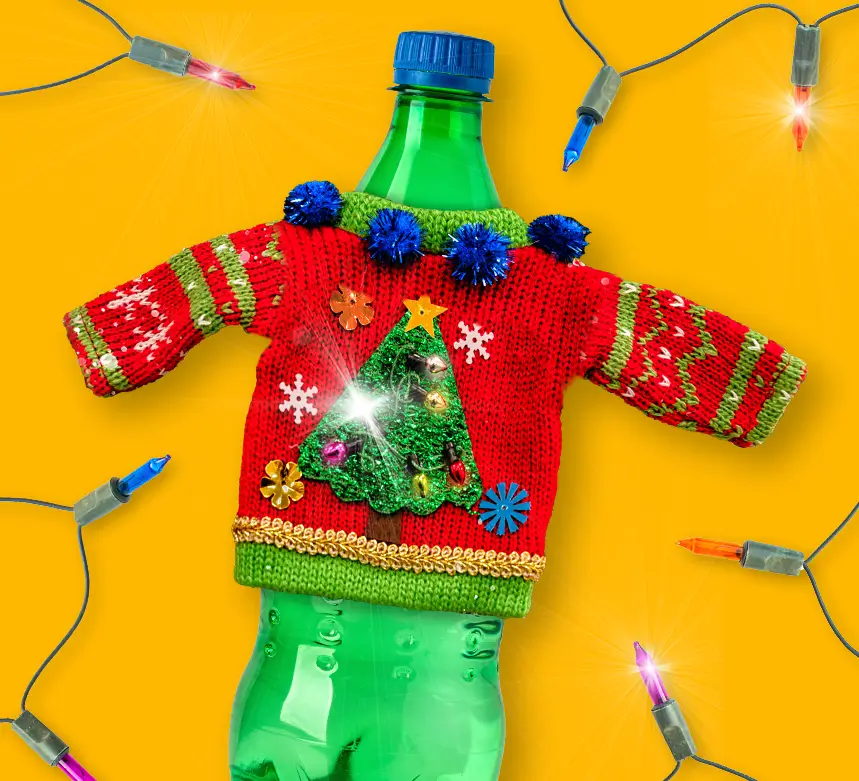The article from Net Influencer discusses the emerging trend of “de-influencing,” where consumers increasingly seek authenticity and value over mere product promotion. This movement prompts brands to adjust their marketing strategies towards more transparent and genuine engagements to maintain consumer trust. Lisa Tristano Martin, Amp’s Group Director of PR and Influencer Marketing, is featured, emphasizing the importance of authentic brand-influencer relationships and the proactive management of potential negative feedback to uphold brand integrity in this new consumer environment.
You can read more about it in the full article here.




